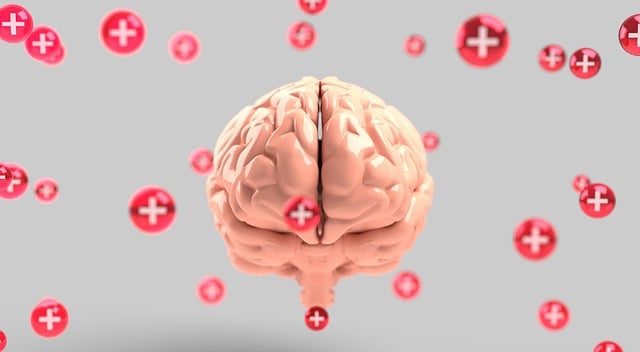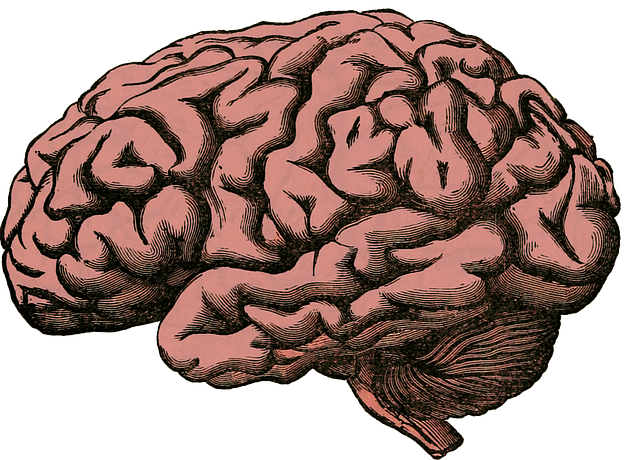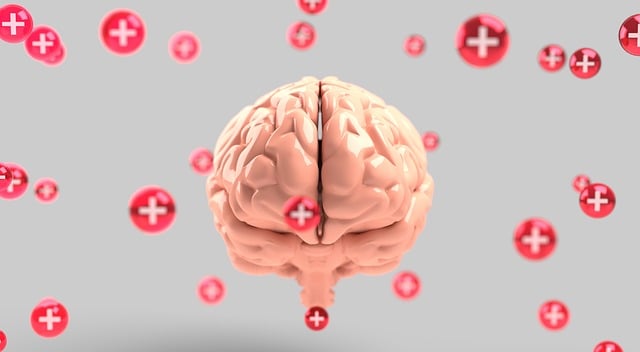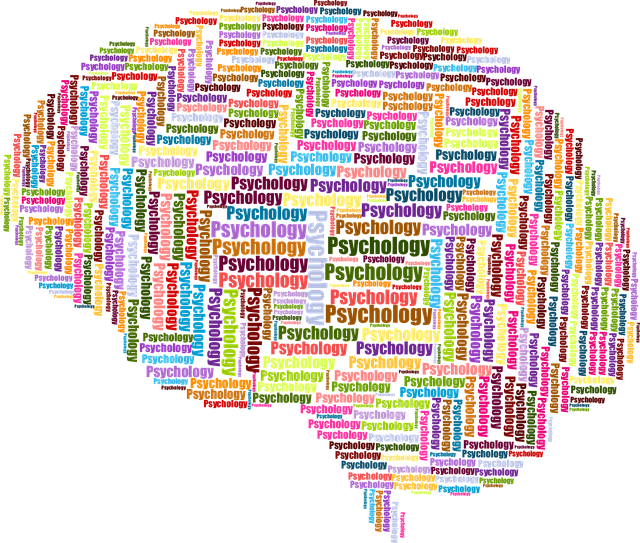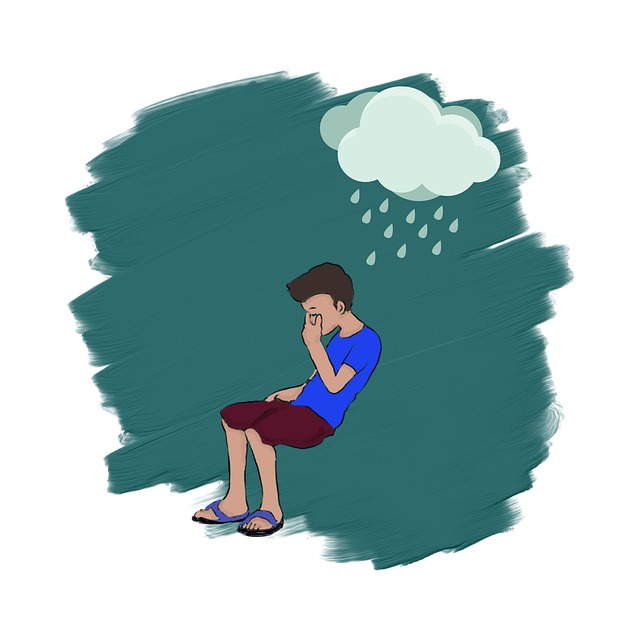Mental health and learning disabilities often co-occur, requiring specialized approaches. This text advocates for integrating therapy for learning disabilities with emotional regulation strategies in education. Through interactive workshops, tailored curriculum (including visual aids and adaptive tech), empathy-building activities, and open communication, educators can create supportive environments that promote academic success and holistic well-being. Strategic planning, inclusive atmospheres, empathetic teachers, and crisis intervention guidance are key to successful mental health education programs, empowering students with tools to manage challenges associated with learning disabilities.
“Unraveling the intricate link between mental health and learning disabilities is pivotal in designing comprehensive education programs. This article explores strategic program design, offering insights into creating supportive environments for students with co-occurring challenges. We delve into structured approaches, effective teaching strategies, and essential implementation steps to enhance learning outcomes. By focusing on therapy integration within educational settings, we aim to empower educators and foster inclusive spaces that support both academic growth and mental well-being.”
- Understanding Mental Health and Learning Disabilities: Unveiling the Complex Relationship
- Program Structure and Strategies for Effective Mental Health Education
- Implementation and Support: Fostering a Therapeutic Learning Environment
Understanding Mental Health and Learning Disabilities: Unveiling the Complex Relationship

Mental health and learning disabilities often go hand in hand, creating a complex interplay that requires nuanced understanding. Many individuals with learning disabilities struggle with co-occurring mental health issues such as anxiety, depression, and attention deficit hyperactivity disorder (ADHD). This symbiotic relationship is multifaceted; learning disabilities can lead to feelings of frustration and low self-esteem, which may trigger or exacerbate mental health conditions. Conversely, mental health challenges can hinder the acquisition of academic skills, further complicating the journey towards independence and successful integration into society.
Comprehending this intricate bond is pivotal in designing effective mental health education programs. By integrating therapy for learning disabilities alongside emotional regulation and depression prevention strategies, these programs can foster a supportive environment. Through community outreach program implementation, educators and professionals can ensure that students with learning disabilities receive holistic support, promoting not just academic achievement but also their overall well-being.
Program Structure and Strategies for Effective Mental Health Education

A well-structured mental health education program should incorporate a combination of interactive workshops, group discussions, and individual reflective exercises to create an engaging learning environment. The curriculum must be tailored to cater to diverse learners, ensuring accessibility for all participants, especially those with learning disabilities. For instance, incorporating therapy for learning disabilities, such as visual aids, multisensory teaching methods, and adaptive technology, can significantly enhance knowledge retention.
Effective mental health education involves fostering an empathetic community where individuals feel safe sharing their experiences. Strategies for emotional healing processes, stress reduction methods, and empathy-building activities should be central to the program design. These techniques encourage active participation, promote open communication, and create a supportive atmosphere. By integrating such approaches, the program can empower participants with valuable coping skills while fostering a deeper understanding of mental well-being.
Implementation and Support: Fostering a Therapeutic Learning Environment

Implementing a mental health education program requires strategic planning to create a therapeutic learning environment that supports students’ overall well-being. This involves fostering an inclusive atmosphere where participants feel safe to express their thoughts and emotions openly, free from stigma or judgment. Teachers play a pivotal role in setting the tone by incorporating empathy, active listening, and non-judgmental communication into daily interactions.
A key aspect of this process is integrating activities that promote anxiety relief, resilience building, and crisis intervention guidance within the curriculum. Techniques such as mindfulness exercises, peer support groups, and creative outlets can effectively mitigate stress and foster a sense of community. Ensuring consistent access to mental health resources and professionals further enhances the program’s impact, providing students with the tools they need to navigate challenges both inside and outside the classroom.
Mental health education programs play a pivotal role in fostering inclusive learning environments, especially for individuals with learning disabilities. By intertwining understanding and empathy throughout the curriculum, these programs can significantly enhance support systems and improve outcomes for students. Implementing evidence-based strategies, as outlined in this article, ensures that educators are equipped to navigate the complex relationship between mental health and learning disabilities. Ultimately, a well-structured program can revolutionize therapy for learning disabilities, creating a more inclusive and supportive educational landscape.

